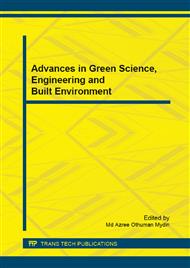p.184
p.188
p.192
p.198
p.202
p.209
p.213
p.217
p.221
Landscape Heritage Conservation along Sanur Beach Borderline in Bali: Perspectives of the Local Government and Visitors
Abstract:
Bali is well known as the Paradise Island on the earth. Its unique landscape and culture attract large number of tourists from all over the world. Due to large number of tourist’s inflow several new developments are taking place in Denpasar city to support tourism activities especially in the tourism zone. Sanur beach attracts thousands tourist each year, and the new development of this beach is undeniable. The beach borderline has been declared as one of the cultural heritage in Bali, where the traditional Hindu ceremony took place. But nowadays, the border has interrupted with commercial activity for tourism purposes. Based on empirical research which employed a case study of public open space along the beach, the paper draws on the Balinese experiences with particular reference to Sanur Beach. This paper explores the perception of two different stakeholders with the practices on use of public open space. It argues that global economic have raised new issues for decisions relating to ownership and management of public open spaces and consequently brought effects on cultural heritage. This is reflected that role of government, private sectors involvement and the local community should be urgently improved.
Info:
Periodical:
Pages:
202-205
Citation:
Online since:
March 2015
Keywords:
Price:
Сopyright:
© 2015 Trans Tech Publications Ltd. All Rights Reserved
Share:
Citation:


